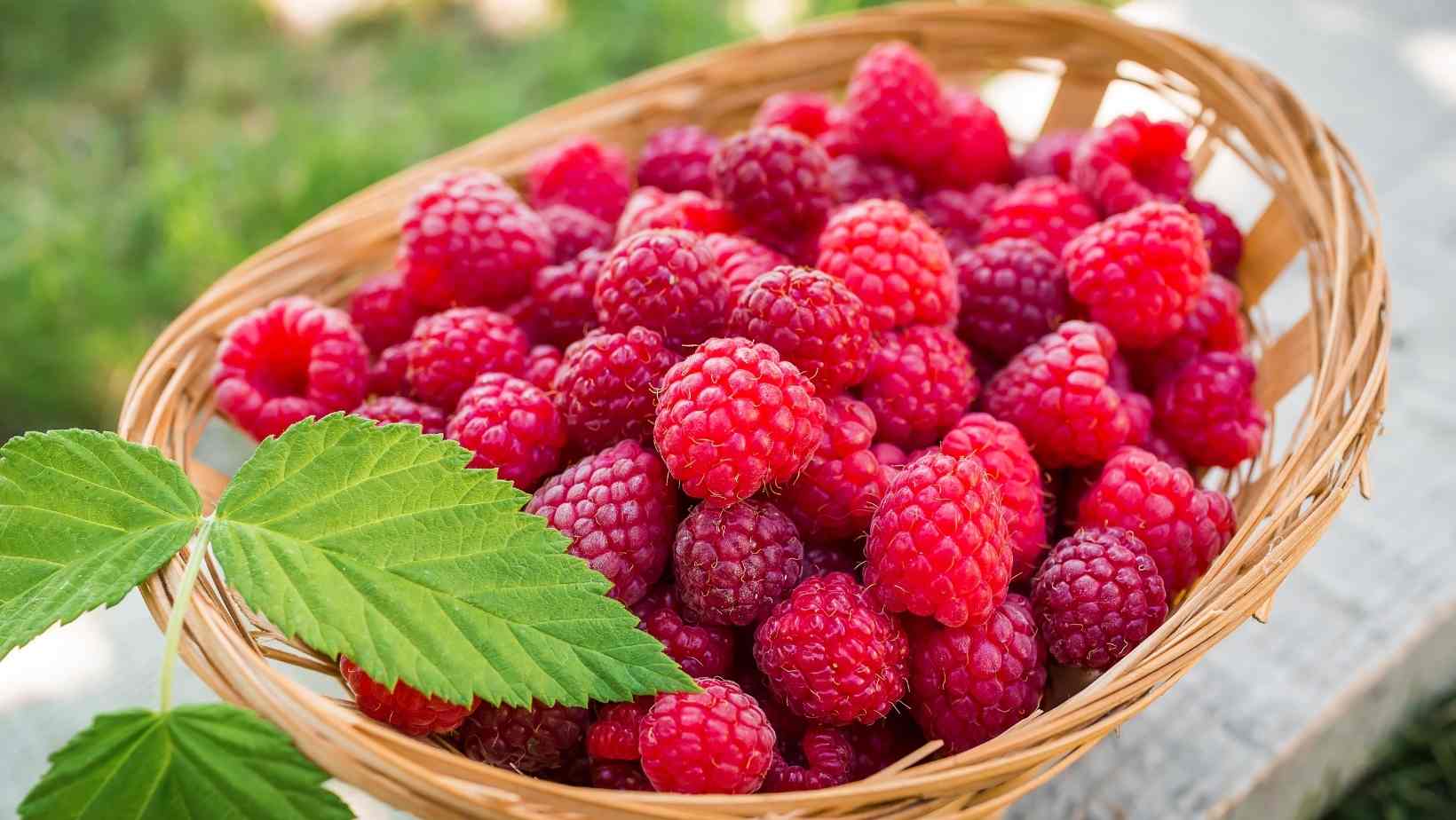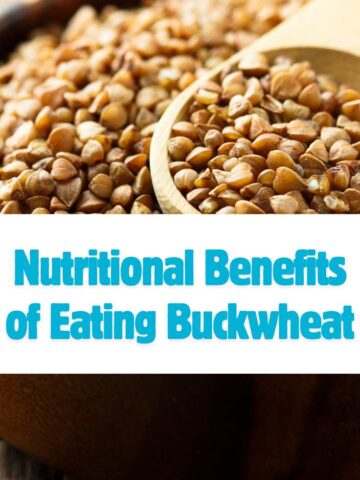Raspberries are among the most popular berries to eat because they are so sweet and vibrant in colour. They include high concentrations of health-promoting plant-derived compounds, minerals, and vitamins, all of which are necessary for maintaining optimal health.
Raspberry is a tiny shrub that is a member of the Rosaceae family and the genus Rubus. It is native to the United States. Originally from Europe, it is now extensively farmed in many temperate locations across the globe under controlled conditions in regulated farms. Raspberries are grown in a number of locations across the world, including Poland, the United States, Germany, and Chile.

Rubus idaeus is the botanical name for this plant
There are many distinct sub-species of raspberries that may be found. But in actuality, the most often planted commercial cultivar is red raspberry, which is the product of crossbreeding between the R. idaeus (European raspberry) and the R. strigosus (American raspberry) varieties of raspberry plants.
It is technically correct to say that the entire berry is a conglomeration of little "drupe" fruits that have been organised in a circular pattern around a central, hollow region. Each small drupelet is made up of a delicious pulp unit and a single, tiny, white-yellow seed, which are both edible.
Raspberries have a flavour that varies from sweet to acidic depending on the cultivar; this is a characteristic that is quite similar to that of strawberries.
Raspberry drupelets are stacked in concentric whorls and have a conical form, weighing between 2-4 g and containing 80-100 drupelets. While the most popular R. idaeus cultivar is red-pink, a variety of hybrids are available in a variety of hues, including black, purple, orange, yellow, and white, in addition to the traditional red-pink (colorless).
Raspberries provide a variety of health advantages
- Delicious raspberries are low in calories and fat, making them a healthy snack option. Despite this, they are a good source of dietary fibre and antioxidants for your diet. 100 g of berries have just 52 calories, but they provide 6.5 g of fibre (16 percent of daily recommended intake).
- Raspberries contain considerable amounts of phenolic flavonoid phytochemicals such as anthocyanins, ellagic acid (tannin), quercetin, gallic acid, cyanidin, pelargonidin, catechins, kaempferol, and salicylic acid, as well as a variety of other phytochemicals. According to scientific evidence, the antioxidant chemicals found in these berries may have a role to play in the treatment of cancer, ageing, inflammation, and neurological illnesses.
- Xylitol is a sugar alternative that is derived from raspberries and has a low calorie count. A teaspoonful of xylitol has just 9.6 calories, while a teaspoonful of sugar contains 15 calories. After being digested, xylitol enters the bloodstream more slowly than simple sugar, resulting in a lower blood glucose level and no increase in blood sugar level. As a result, it may be beneficial for persons with diabetes who have huge variations in their blood sugar levels.
- The vitamin C in fresh raspberries is a good source of antioxidants and is also a potent natural antioxidant. 100 g of berries provide 26.2 mg of vitamin C, which is about 47 percent of the daily recommended intake. Increasing the intake of vitamin-C-rich fruits and vegetables helps the human body build resistance to pathogenic agents, reduce inflammation, and remove damaging free radicals from the body.
- Raspberry provides antioxidant vitamins such as vitamin A and vitamin E, among other things. Other health-promoting flavonoid polyphenolic antioxidants, such as lutein, zeaxanthin, and ß-carotene, may be found in modest levels in addition to the antioxidants described above. All together, these substances contribute to the protection of cells against oxygen-derived free radicals and reactive oxygen species (ROS), which have a role in the ageing process and the progression of numerous diseases.
- Raspberry has an ORAC value (oxygen radical absorbance capacity) of around 4900 mol TE per 100 grammes, placing it among the top-ranking fruits in terms of ORAC value.
- Potassium, manganese, copper, iron, and magnesium are among the minerals found in high concentration in them. Potassium is an essential component of cell and body fluids, and it plays a crucial role in the regulation of heart rate and blood pressure. Manganese is used by the body as a co-factor for the antioxidant enzyme superoxide dismutase, which protects against free radical damage. Copper is a trace element that is required for the synthesis of red blood cells.
- They are high in the B-complex group of vitamins, as well as vitamin K, which is beneficial. The berries are an excellent source of vitamin B-6, niacin, riboflavin, and folic acid, among other nutrients. These vitamins operate as co-factors in the metabolism of carbohydrates, proteins, and lipids, and they aid the body in this process.




